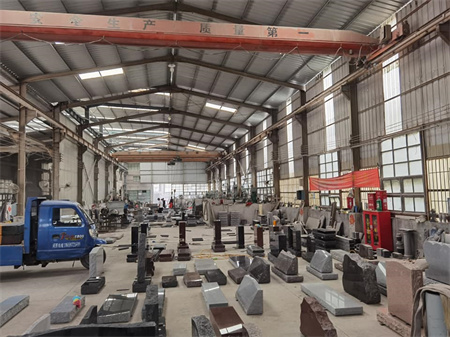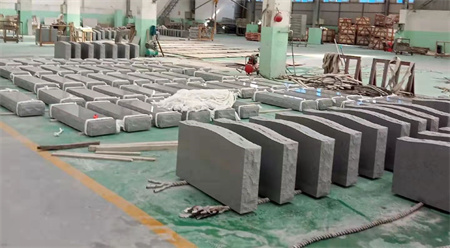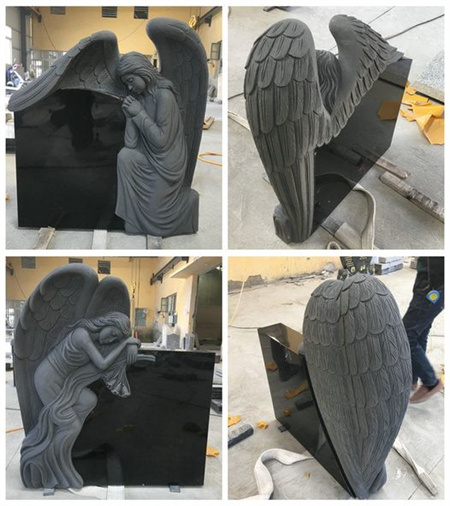How Granite Monuments Are Packed for Ocean Shipping
How Granite Monuments Are Packed for Ocean Shipping
Granite monuments are stunning works of art that require careful handling, especially when it comes to ocean shipping. These monuments, often heavy and uniquely shaped, demand extra attention to ensure they arrive at their destination without a scratch. Proper packing is essential to prevent any damage during the journey, which can sometimes take weeks or even months. But how do experts manage to pack such valuable and delicate items for such a lengthy trip? Let’s take a look.
The first step in packing granite monuments for ocean shipping involves selecting the right materials. These monuments are typically made of solid, heavy stone, making them vulnerable to cracking or chipping if not packed properly. Sturdy, custom-built crates are a must. These crates are often constructed from high-quality wood or metal to provide maximum protection during the shipment. The crates are designed to fit the shape and size of the monument perfectly, ensuring the stone is held securely in place without room for movement.

Inside the crate, the monument is cushioned with thick layers of padding, such as foam or bubble wrap. This padding acts as a shock absorber, helping to absorb any impact or vibration that may occur during the shipping process. Depending on the size of the monument, additional layers of protection may be added, including sandbags or air-filled pillows, which help to stabilize the object within the crate.

Once the monument is safely cushioned inside the crate, it’s essential to ensure that the crate itself is properly sealed and reinforced. The wooden or metal crate is carefully fastened with high-strength screws or bolts, securing the monument in place. These crates are also treated to be resistant to moisture, preventing any water damage during the ocean voyage.
Transporting granite monuments by ocean requires more than just careful packing. These shipments often travel through unpredictable weather conditions, including heavy storms and rough seas. To ensure the monument remains undamaged, the crates are often loaded into specialized containers that provide additional stability. These containers are sealed tightly to protect the contents from the elements, such as rain or saltwater exposure, which could otherwise lead to corrosion or deterioration of the monument.

In addition to protection during the journey, proper labeling and documentation are crucial. Shipping companies make sure that all the necessary paperwork is in order, indicating the contents of the crate and ensuring that customs regulations are followed. Clear labels also help handlers identify fragile or high-value cargo, prompting them to take extra care during loading and unloading.
With the right materials, techniques, and attention to detail, granite monuments can be shipped across oceans with minimal risk of damage. The effort that goes into packing these pieces of art ensures that they will arrive at their destination in the same condition they left, ready to stand proudly for generations to come.